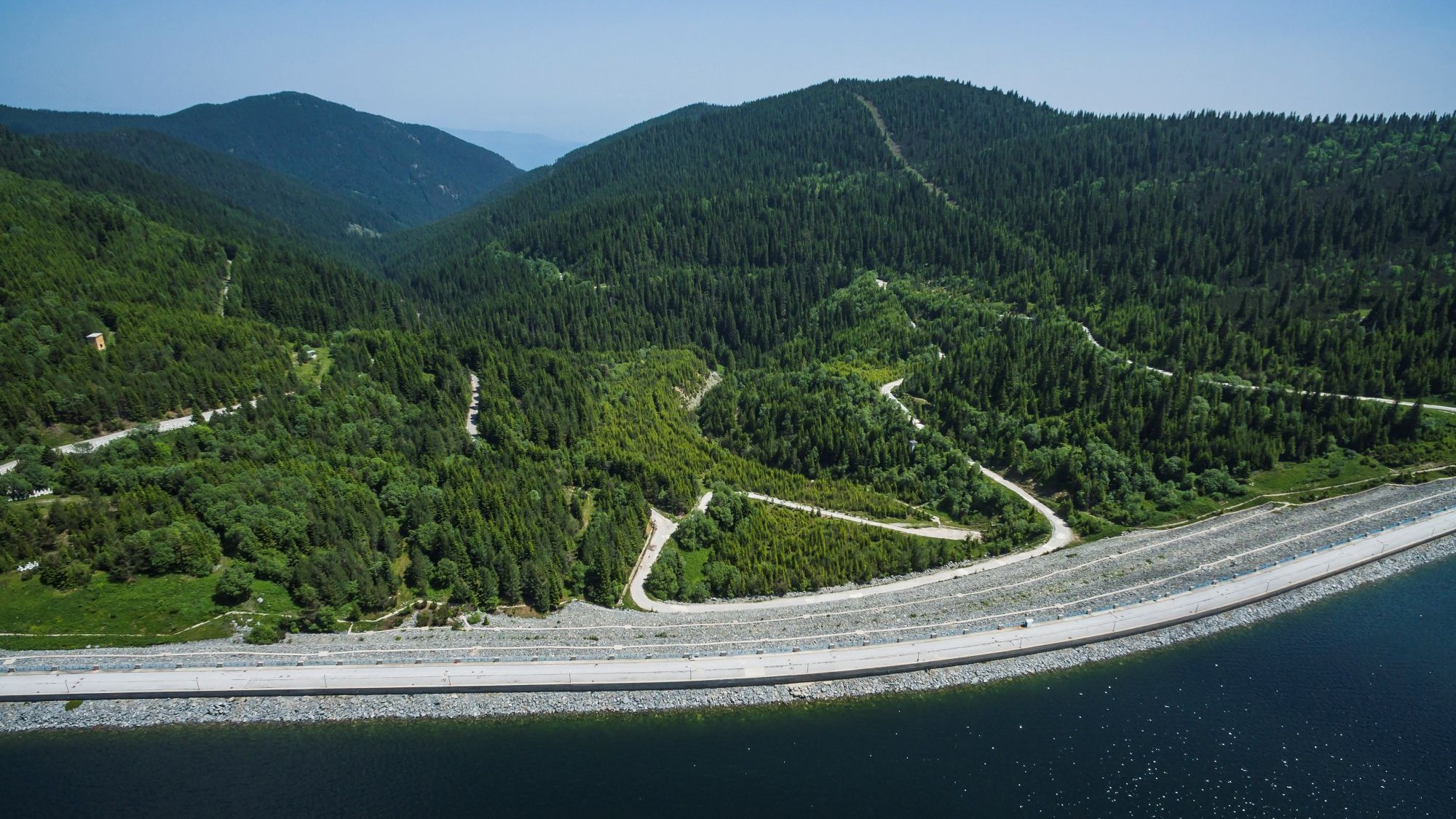Filled with positive energy, we launched our internship program for 2025 and welcomed a new generation of young professionals motivated to gain knowledge and valuable practical experience in the field of hydropower.
Thanks to the exceptional success of previous campaigns and information meetings, we have managed to significantly expand the circle of higher education institutions and attract students from Technical University of Varna, Technical University of Gabrovo, University of Chemical Technology and Metallurgy Sofia, and Munich Business School.
During the introductory week, the interns got acquainted with the structure and main activities of NEK, as well as with the mentors, teams, and projects they will be working on. They underwent training in health and safety at work and valuable practical exercises for successful teamwork, effective communication, and adaptation to a dynamic work environment.
The participants in the program demonstrated commitment and social responsibility by joining a volunteer initiative on the Beli Iskar eco-trail. With the support of employees from NEK and Rila National Park, the interns helped restore bridges, clean up the area, and put up signs. The initiative contributed to the preservation of Bulgaria's enchanting nature and united young people around a common cause.
During the following weeks of their internship, the young specialists, supported by experienced engineers from NEK acting as mentors, will tackle real-life cases at NEK sites – hydroelectric power plants and dam areas. We wish them success and fruitful work, and we will support them every step of the way!



